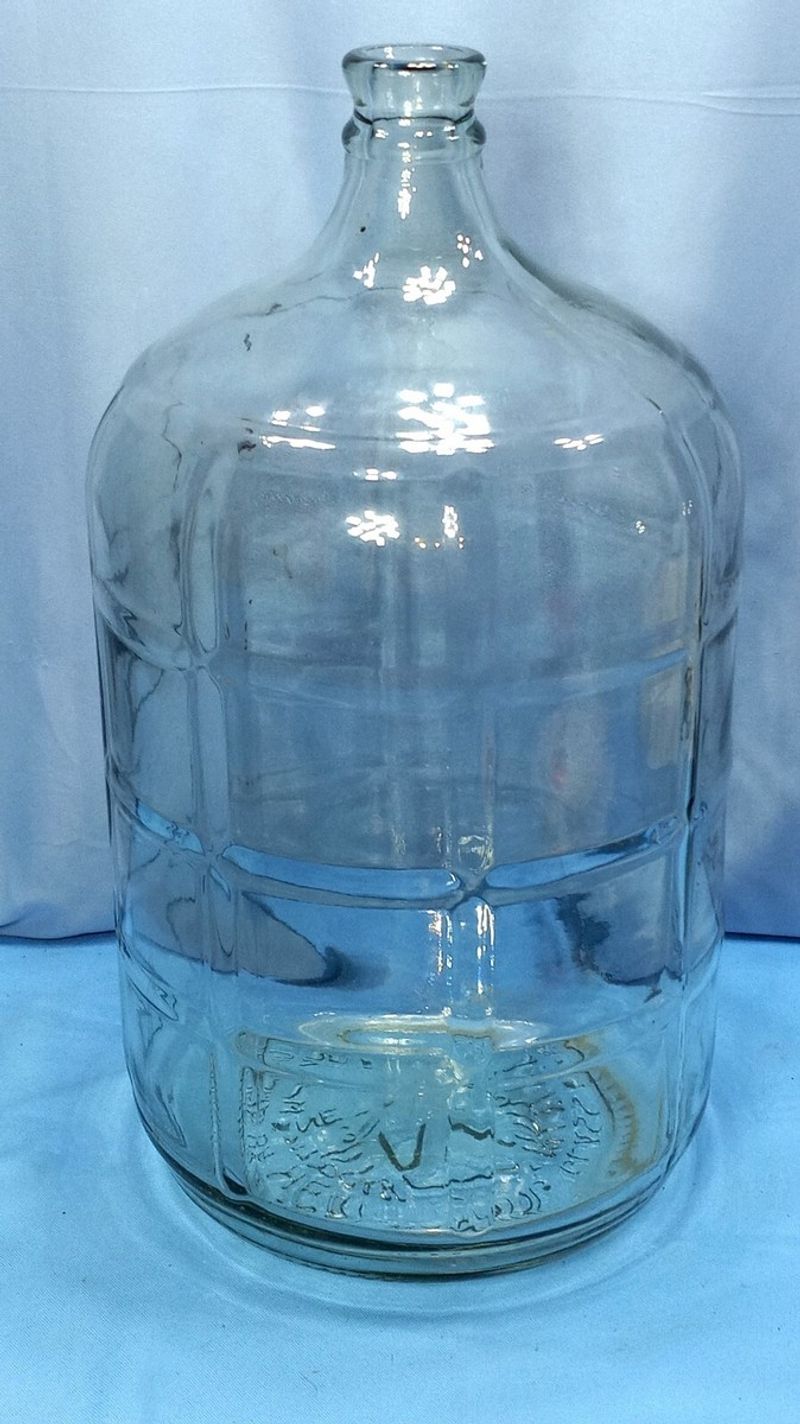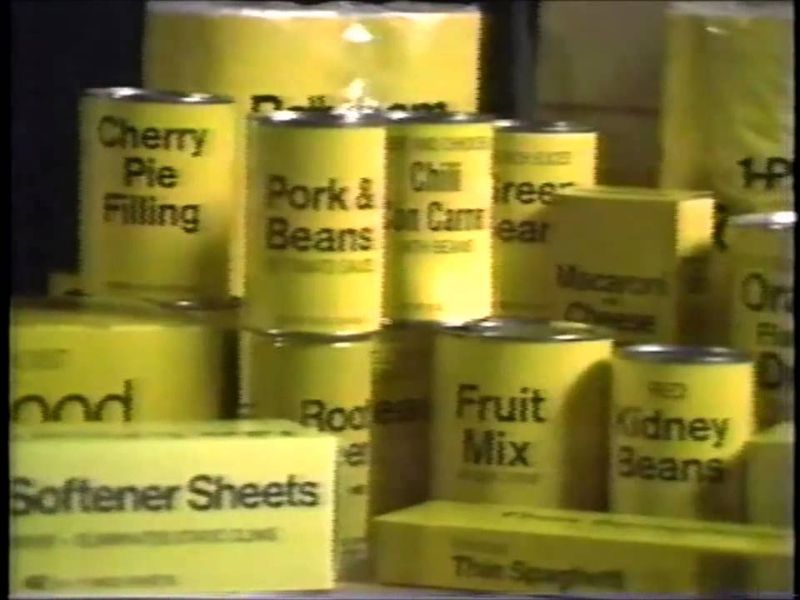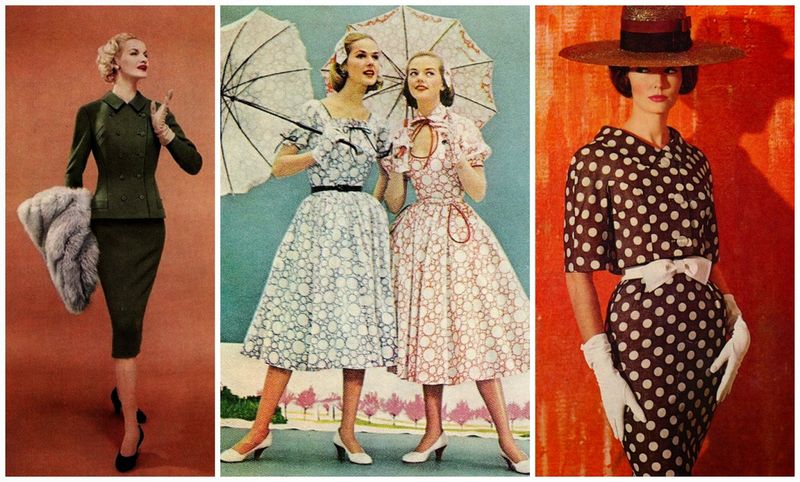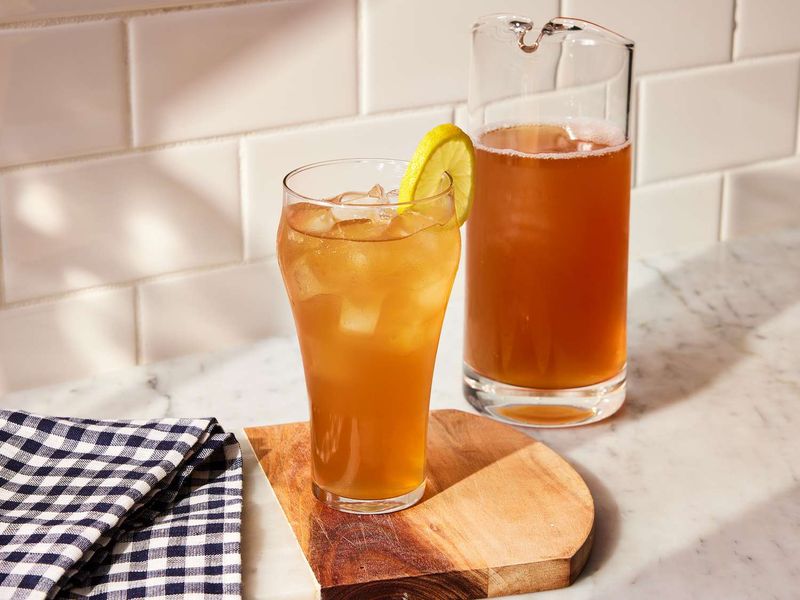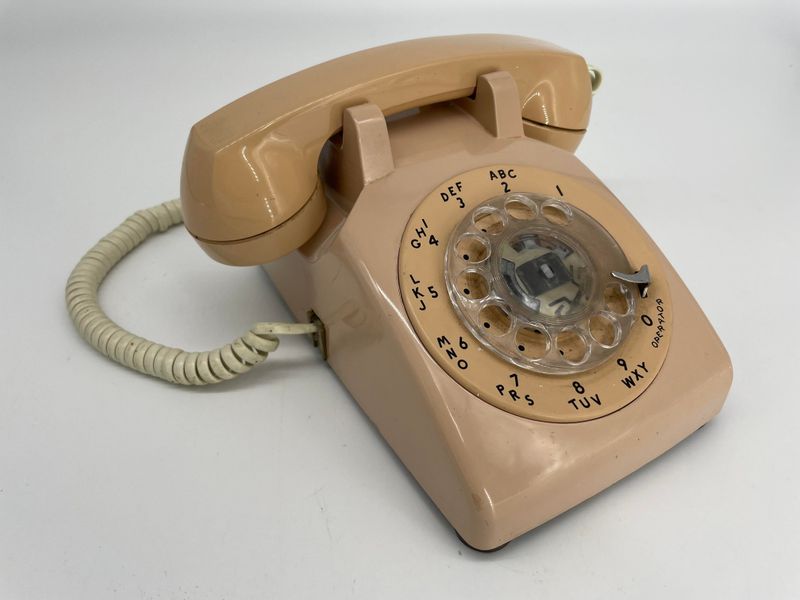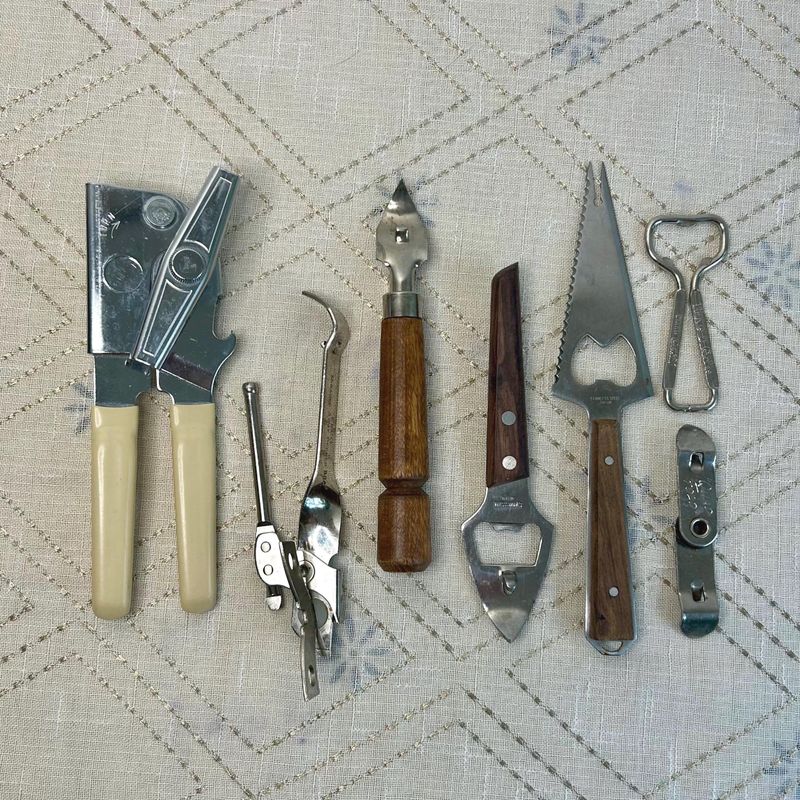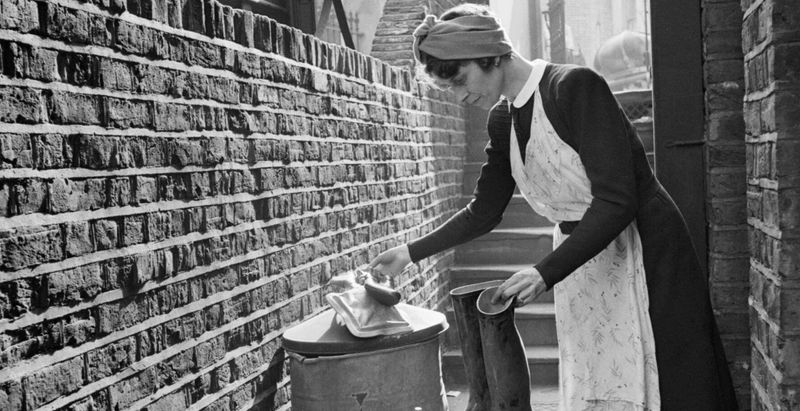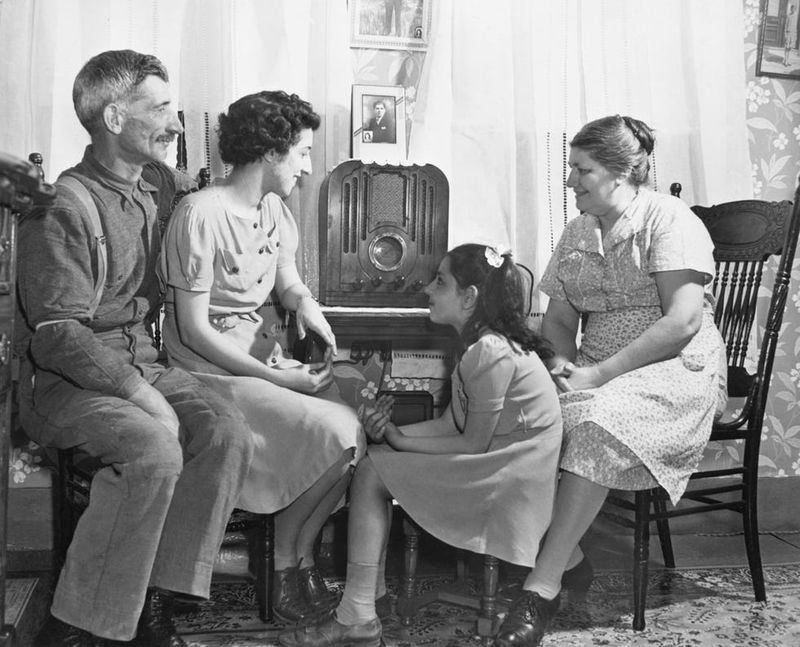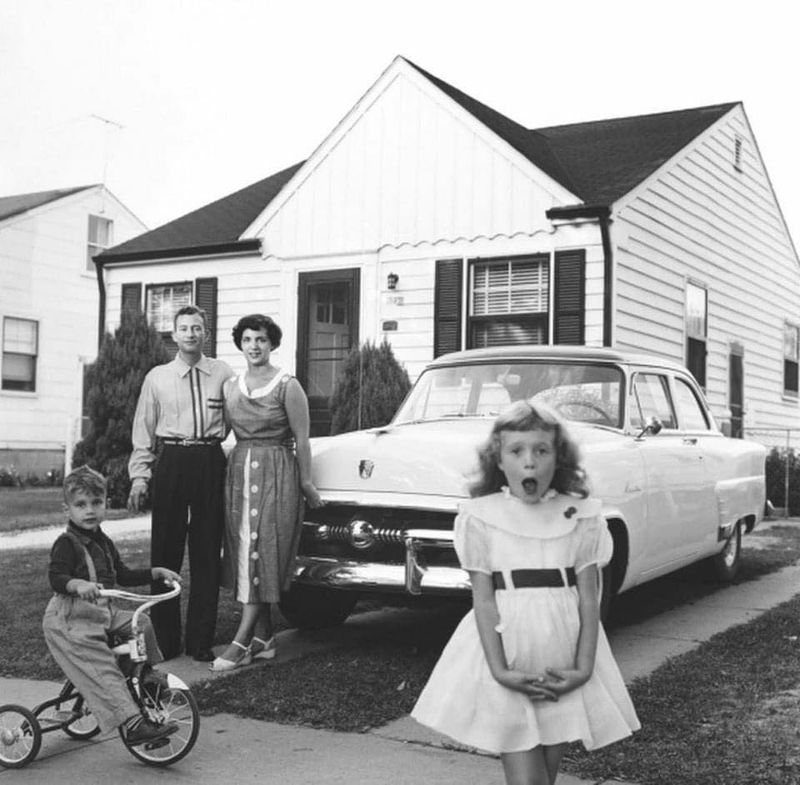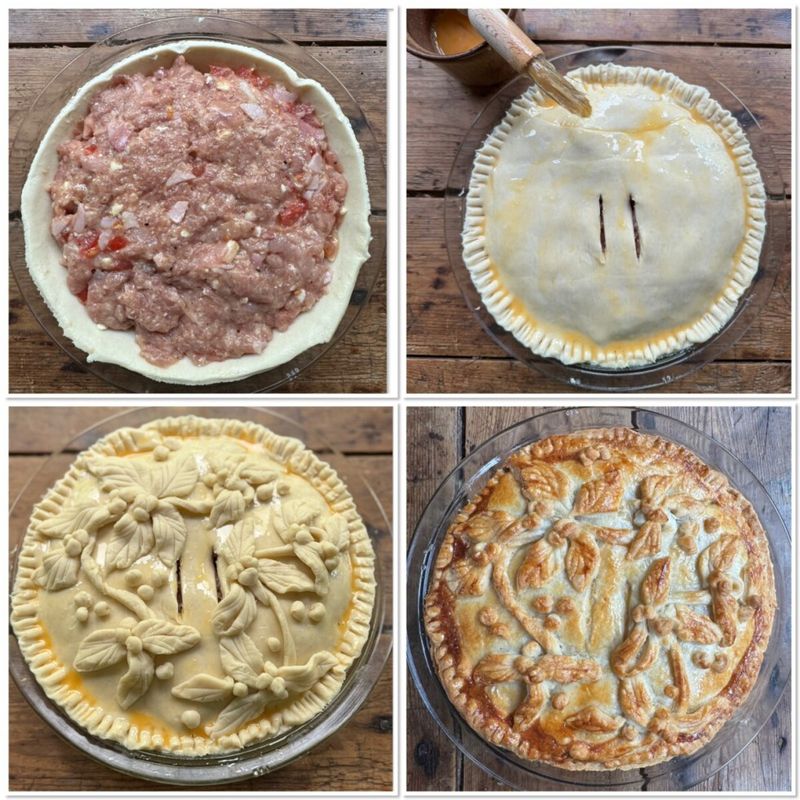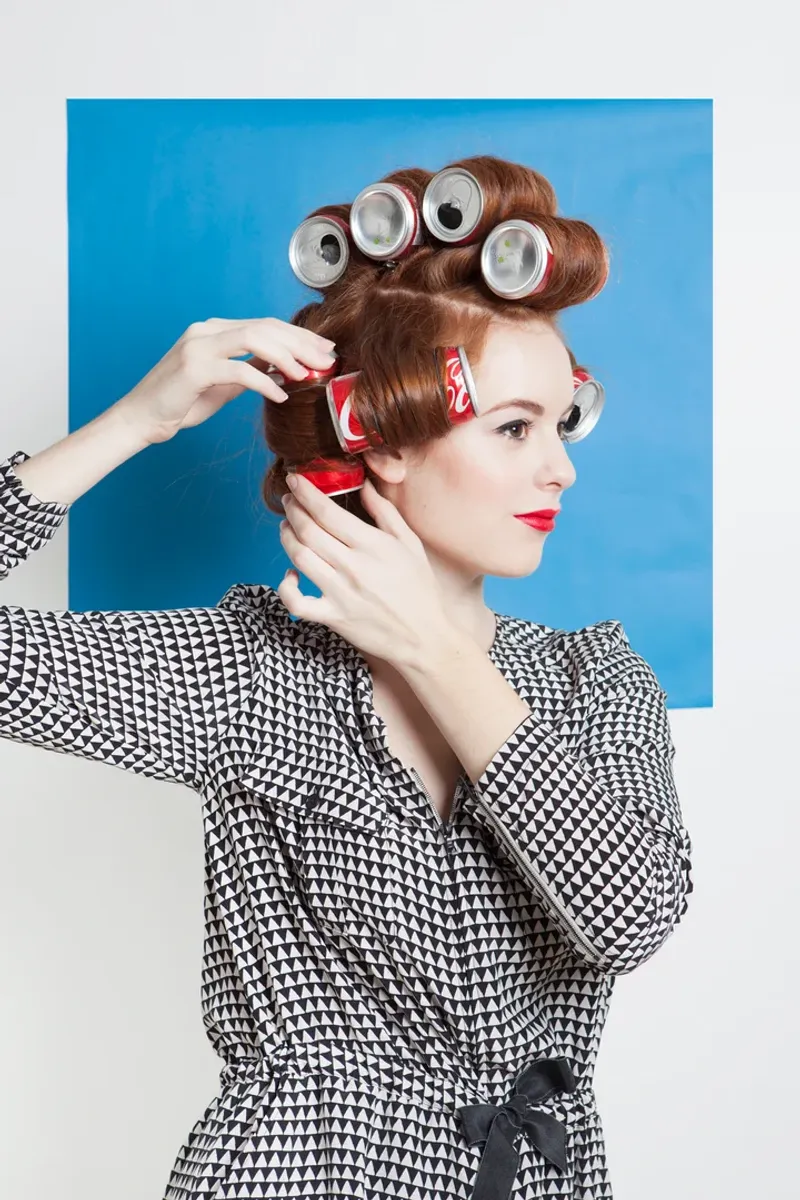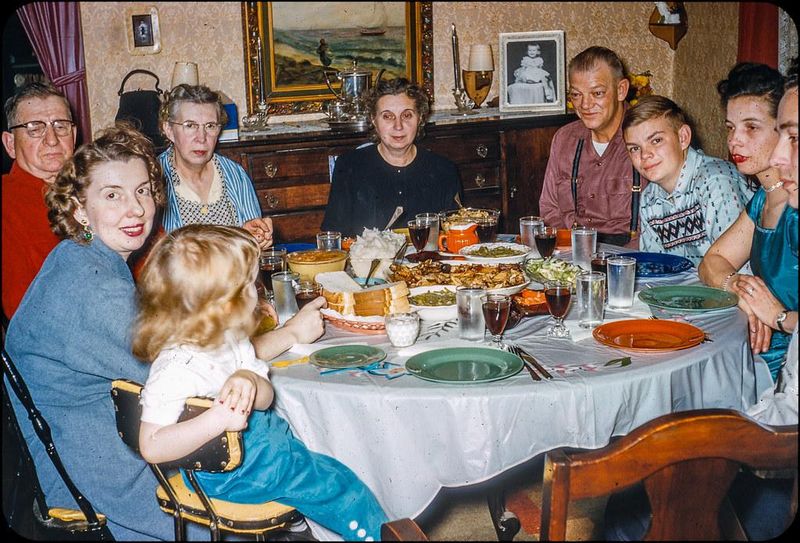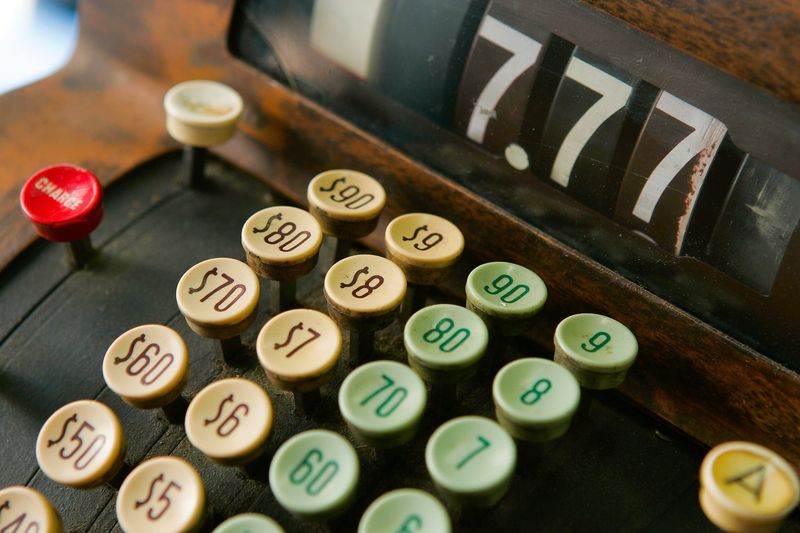Life wasn’t always filled with gadgets, subscriptions, and disposable everything. Our grandparents lived through simpler times—without many of the conveniences (and clutter) we consider essential today.
And guess what? They got by just fine. In fact, they thrived. Here are 20 things they never bought—but still lived full, happy, and resourceful lives without.
1. Paper Towels
Remember your grandma’s kitchen? She’d wipe up spills with flour sack towels or old rags, no paper towels needed. These cloths were sturdy, washable, and lasted ages. A loop on the wall held them ready. Unlike today’s waste, they were eco-friendly before it was trendy. Stains had stories and stitches echoed years of use. Why waste money on disposables when a usable alternative was hanging nearby? This is a testament to their practical mindset. For them, simplicity ruled—an era when less truly meant more.
2. Bottled Water
Tap water and rain barrels sufficed for hydration. Glass jugs stored it cool in the fridge, and a sip from the kitchen tap was refreshing. Bottled water was unheard of, a luxury unneeded. Trust in their sources was implicit. When they traveled, reusable flasks accompanied them. Water was a shared resource, not a market product. This reliance on local water sources speaks to an era less dependent on consumerism. The simplicity of their choice reflects an appreciation for what was readily available.
3. Name-Brand Everything
Brand loyalty? They scoffed at the idea. Store brands filled their cupboards. Labels didn’t matter; quality did. They trusted products, not marketing. A can without a fancy label tasted just as good, saving money without sacrificing quality. They judged by results, not advertising slogans. This was an era where practicality and thriftiness reigned. By purchasing generics, they showed a wisdom lost in today’s brand-chasing world. Their focus on value over name is a lesson in discerning consumption.
4. Fast Fashion
Fashion wasn’t a fast-changing carousel. Clothes were made to last, with repairs and hand-me-downs common. Buttons were sewn back on with care, and patches added character. Handmade garments spoke of skill and creativity, each stitch a testament to resourcefulness. Unlike today’s disposable habits, wardrobes were investments. The slow evolution of fashion ensured longevity and personal style. This enduring approach to attire reflects a commitment to sustainability. Their emphasis on quality over quantity is a timeless lesson in living.
5. Juice Boxes and Soda
Juice boxes didn’t clutter lunchboxes. Soda wasn’t an everyday indulgence. Instead, homemade lemonade or fresh milk quenched thirsts. Soda, a rare treat, was shared among family. The absence of sugary drinks speaks to a focus on simplicity and health. Their drinks were fresh, without additives, aligning with nature’s flavors. This approach nurtured a love for natural, wholesome choices. By favoring homemade drinks, they embraced a way of life prioritizing wellness. It’s a testament to their intuitive, healthy living habits.
6. Smartphones and Apps
Life was lived offline. Maps guided journeys, rotary phones connected calls. Conversations happened face-to-face, fostering community. Phone numbers were memorized, not stored in devices. This unplugged existence fostered memory and social skills. The absence of constant notifications allowed focus and presence. Their days were spent actively engaged in real life. This era celebrated direct interactions and simplicity. Living without modern technology speaks to an era less distracted, more connected to the world around them. A reminder of balance lost today.
7. Single-Use Kitchen Gadgets
Why clutter drawers with single-use gadgets? A good knife, a trusty peeler, and a few multipurpose tools sufficed. Tasks were done manually, with skill and patience. Their kitchens weren’t cluttered with avocado slicers or banana cutters. Instead, practical tools handled all needs, demonstrating a focus on efficiency and simplicity. This reliance on versatile tools speaks to a resourceful mindset. With fewer tools, they achieved more, showcasing ingenuity and thriftiness. Their approach highlights the value of practicality over convenience.
8. Disposable Everything
Disposable wasn’t a household word. Cloth diapers, handkerchiefs, and reusable razors were standard. Items were made to last, mirroring a no-waste mentality. Their choices reflected a commitment to conservation, driven by necessity and wisdom. The sustainable nature of their lifestyle stands in stark contrast to today’s throwaway culture. Reusability was the norm, not an eco-movement. This approach fostered creativity, resourcefulness, and an appreciation for long-lasting quality. Their practicality teaches a timeless lesson in sustainable living.
9. Dozens of Cleaning Products
A handful of basics did the trick. Vinegar, baking soda, and soap cleaned every surface. There was no aisle of specialized cleaners. Their simplicity was effective and cost-efficient. Cleaning was straightforward, without chemical confusion. These natural solutions reflected a wisdom about household management. Less was more, and results spoke clearly. Their reliance on a few trusted agents highlights an era of uncomplicated living. This approach champions a tradition of simplicity, efficiency, and resourcefulness. Their methods echo sustainability lessons applicable today.
10. Memory Foam or Adjustable Beds
Comfort wasn’t about technology. Mattresses had springs, and sagging ones were flipped or stuffed for firmness. Sleep wasn’t sold in stores, it was crafted at home. Their approach to rest was practical, reflecting a no-frills attitude. This simplicity speaks to an era unobscured by endless choices. A good night’s sleep was about restfulness, not gadgets. Their wisdom in valuing straightforward comfort offers a lesson in prioritizing essentials. This way of life underscores a focus on genuine comfort over marketed luxury.
11. Gym Memberships
Fitness was found in daily life. Chores, walking, and dancing kept them in shape, not gym memberships. Physical labor was part of their routine, offering strength and health benefits. Exercise was integrated into their way of life, not an added task. This natural fitness reflects an era where activity was organic. Their lifestyle was a workout, emphasizing holistic wellness. This approach to health highlights the value of staying active through everyday activities. It’s a testament to authentic, balanced living without modern gyms.
12. Storage Units
They didn’t need extra space. Belongings were minimized, fitting within the home. What wasn’t necessary wasn’t kept. Their approach to possessions was mindful, reflecting a decluttered, orderly life. Storage units weren’t common because they didn’t accumulate excess. This reflects a simplicity in owning only what added value. Their homes were organized, with everything in its place. This way of life speaks to an era valuing space and simplicity over accumulation. It’s a lesson in mindful consumption and efficient living.
13. Streaming Subscriptions
Entertainment was communal. Families gathered around the TV or radio, not endless streaming services. Shows were anticipated events, not binged in hours. Books and community events filled leisure time. This fostered shared experiences and memories. Their entertainment was simple, creating bonds without screen addiction. This reflects an era of focused enjoyment, not digital saturation. The simplicity of their leisure activities speaks to a time of genuine interaction. It’s a reminder of the value found in less, fostering connection over consumption.
14. Multiple Cars
One car, if any, served the household. Carpooling, biking, or walking were common solutions. This limited vehicle use reflects a resourcefulness and community reliance. A single car taught sharing and planning. Their approach to transportation was economical and environmentally friendly by necessity. This lifestyle speaks to an era driven by necessity, not convenience. Their minimal reliance on vehicles contrasts sharply with today’s car culture. It’s a testament to communal living and sustainable choices before they were popularized.
15. Gift Bags and Wrapping Supplies
Gifts were wrapped in newspaper or reused ribbons, emphasizing thoughtfulness over packaging. Presentation wasn’t about paper cost, but creativity. Hand-sewn pouches added personal touches. It was the thought, not the wrap, that counted. This approach to gift-giving was economical and heartfelt. Their choices reflect a focus on meaning over material. This practice speaks to a time when simplicity and intention were valued. It offers a lesson in the art of giving, where creativity and consideration mattered more than appearance.
16. Store-Bought Baked Goods
Homemade was the norm. Pies, cookies, and cakes were baked from scratch, not bought. Recipes were passed down, not found online. Baking was an art, a tradition. The kitchen was a hub of warmth and flavor. Store-bought was rare, if ever considered. This approach to baking speaks to an era valuing skill and family recipes. Their emphasis on homemade treats reflects a love for quality and tradition. It’s a reminder of the joy in crafting something from scratch, savoring each bite.
17. Frequent Salon Visits
Salon trips were rare. Women styled their hair with curlers at home or visited weekly. Men often cut their own or each other’s hair. Beauty routines were DIY, reflecting self-reliance. This personal approach to grooming speaks to an era of practicality. Their choices were driven by necessity, not extravagance. This mindset celebrates a time when beauty was about skill, not services. Their focus on do-it-yourself beauty offers lessons in confidence and resourcefulness. It’s a testament to personal care without dependence on salons.
18. Pet Accessories
Pets were family without the accessories. Leftovers, love, and a comfy spot sufficed. No costumes or special diets, just everyday care. This approach highlighted a focus on relationships over products. Pets were cherished, not accessorized. Their needs were met with creativity and affection, not consumer goods. This simplicity in pet care speaks to a time of genuine connections. It’s a reminder that love and companionship don’t require purchases. Their approach to pets offers lessons in valuing presence and relationship over material things.
19. Bulk Packs of Paper Plates and Plastic Cutlery
Meals were served on real dishes, not paper or plastic. Cutlery and cups were washed, not tossed. Even guests enjoyed proper settings. This practice speaks to an era valuing durability and tradition. Their reliance on lasting materials contrasts with today’s disposables. Washing up was part of the meal routine, fostering teamwork. This approach highlights a focus on sustainability and community. Their choice to use real dishes reflects a respect for resources and shared experiences. It’s a lesson in lasting value over convenience.
20. Buy-Now-Pay-Later Shopping
Credit? A last resort. Purchases were planned, paid in cash. Layaway was a luxury, not a standard. Their approach to buying was wise, reflecting financial discipline. This method of shopping speaks to an era of mindful consumption. It’s about living within means, avoiding debt traps. Their habits fostered financial stability and peace of mind. This approach to shopping offers lessons in patience and planning. It’s a testament to prudent management of resources and the value of financial independence.


